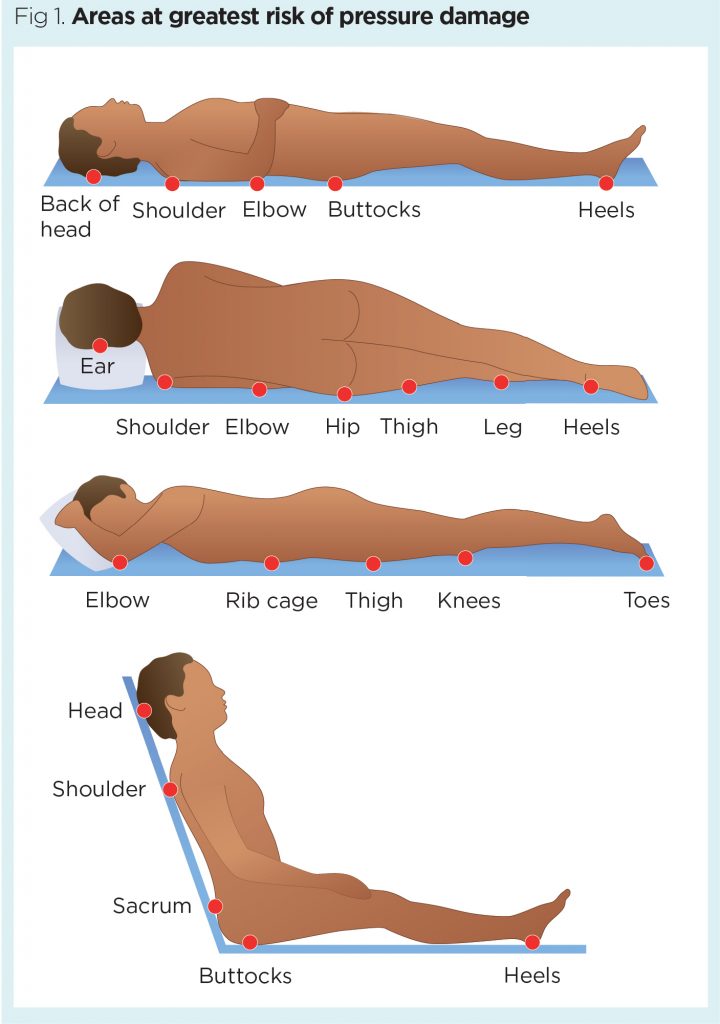Living With Fourth Nerve Palsy: Finding Relief
The Fourth Cranial Nerve, also known as the Trochlear Nerve, plays a vital role in controlling the superior oblique muscle of the eye. This muscle is responsible for rotating the eye downward and inward, towards the nose. Fourth Nerve Palsy, a condition where the Trochlear Nerve is damaged or impaired, can lead to a range of debilitating symptoms, including double vision, eye strain, and difficulty with depth perception. For individuals living with Fourth Nerve Palsy, finding relief and managing symptoms is crucial to maintaining quality of life.
Understanding Fourth Nerve Palsy
To comprehend the impact of Fourth Nerve Palsy, it’s essential to understand the anatomy and function of the Trochlear Nerve. The Trochlear Nerve is the thinnest and longest of the cranial nerves, making it more susceptible to damage. It originates in the midbrain and travels around the brainstem before reaching the superior oblique muscle. Any damage or compression along this pathway can lead to Fourth Nerve Palsy.
Causes of Fourth Nerve Palsy can be varied, including head trauma, stroke, tumor, and even certain infections. In some cases, the condition may be congenital, meaning individuals are born with it. Regardless of the cause, the symptoms of Fourth Nerve Palsy can significantly affect an individual’s daily activities, from reading and driving to simple tasks like walking downstairs.
Managing Symptoms
While there is no cure for Fourth Nerve Palsy, various treatments and management strategies can help alleviate symptoms. One of the most common approaches is the use of prism lenses. These special lenses can be prescribed to correct double vision by aligning the images seen by each eye. The type and strength of the prism lenses depend on the severity of the palsy and the individual’s specific needs.
In addition to prism lenses, eye exercises can also be beneficial. These exercises, designed to strengthen the muscles around the eye, can help improve eye movement and coordination. However, it’s crucial to work with an eye care professional to develop a personalized exercise plan, as overexertion can exacerbate symptoms.
For some individuals, surgery may be an option to correct the alignment of the eyes and improve vision. Surgical procedures can range from loosening or tightening the muscles around the eye to more complex operations that involve repositioning the eye itself. The decision to undergo surgery should be made after careful consultation with an ophthalmologist and consideration of the potential risks and benefits.
Coping Mechanisms
Living with Fourth Nerve Palsy requires more than just medical treatment; it also demands a range of coping mechanisms to deal with the emotional and practical challenges of the condition. One of the most important aspects is maintaining a positive attitude. Connecting with others who understand the condition, either through support groups or online forums, can provide valuable emotional support and practical advice.
Adapting daily routines can also play a significant role in managing Fourth Nerve Palsy. For example, individuals may need to adjust their reading habits, taking more frequent breaks to rest their eyes, or use assistive technology like e-readers with adjustable font sizes. Simple modifications at home, such as using handrails on stairs or improving lighting to reduce glare, can also make a significant difference in safety and comfort.
Future Developments and Hope
While Fourth Nerve Palsy presents significant challenges, ongoing research and advancements in medical technology offer hope for improved treatments and potentially even a cure. Studies into the genetic causes of congenital Fourth Nerve Palsy may lead to earlier diagnosis and intervention. Additionally, innovations in surgical techniques and rehabilitation methods could provide more effective symptom management and improved quality of life for those affected.
Conclusion
Fourth Nerve Palsy is a complex condition that affects not only vision but also the overall well-being of individuals. By understanding the causes, symptoms, and available treatments, those living with this condition can find relief and improve their quality of life. Whether through medical interventions, lifestyle adjustments, or emotional support, managing Fourth Nerve Palsy is a multifaceted approach that requires patience, resilience, and the right resources.
Frequently Asked Questions
What are the primary symptoms of Fourth Nerve Palsy?
+The primary symptoms include double vision (diplopia), particularly when looking down, eye strain, and difficulty with depth perception. These symptoms can significantly affect daily activities and overall quality of life.
Can Fourth Nerve Palsy be treated with surgery?
+Yes, surgery is an option for some individuals with Fourth Nerve Palsy. The goal of surgery is to correct the alignment of the eyes, which can help improve vision and reduce symptoms. However, the decision to undergo surgery should be made after careful consideration and consultation with an ophthalmologist.
How can individuals cope with the emotional challenges of living with Fourth Nerve Palsy?
+Coping with the emotional challenges of Fourth Nerve Palsy involves a combination of support, adaptation, and self-care. Connecting with support groups, either in-person or online, can provide a sense of community and understanding. Additionally, adapting daily routines and finding ways to manage stress can help improve overall well-being.
Is there hope for a cure or improved treatments for Fourth Nerve Palsy in the future?
+Yes, ongoing research into the causes and treatments of Fourth Nerve Palsy offers hope for improved management of the condition and potentially even a cure. Advances in medical technology, surgical techniques, and rehabilitation methods are continually being explored and developed.
In conclusion, while Fourth Nerve Palsy presents significant challenges, a combination of medical treatment, lifestyle adjustments, and emotional support can help individuals manage their symptoms and improve their quality of life. As research continues to advance, there is hope for even more effective treatments and a better future for those living with this condition.

